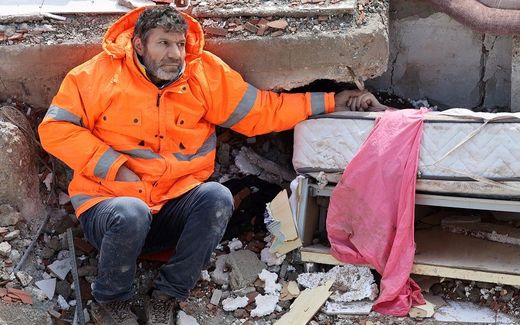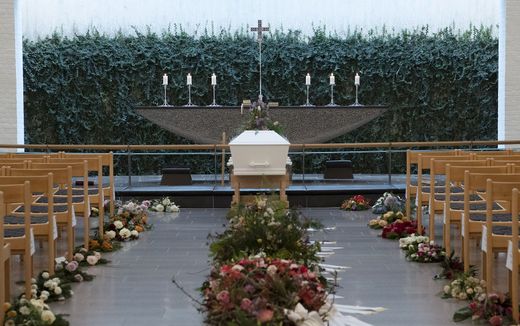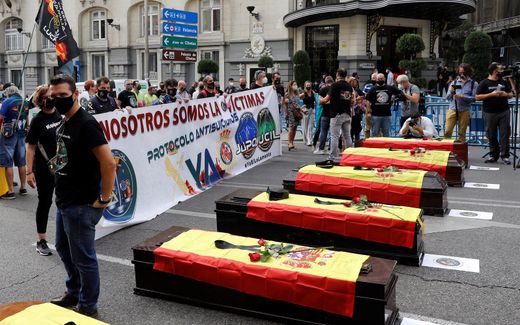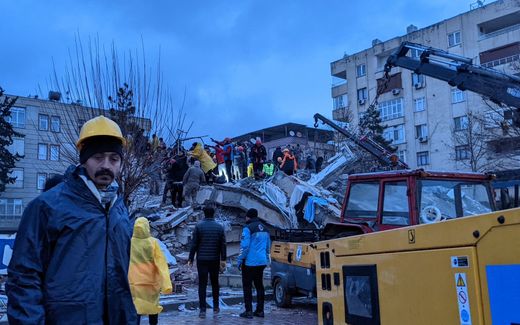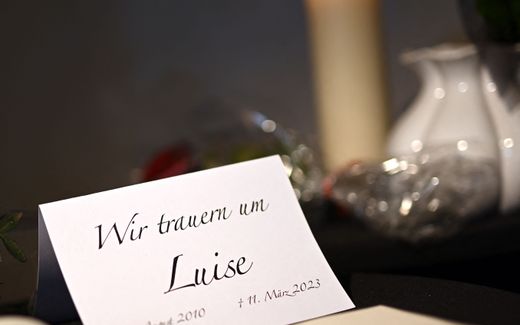Grief teams at school to help kids to mourn
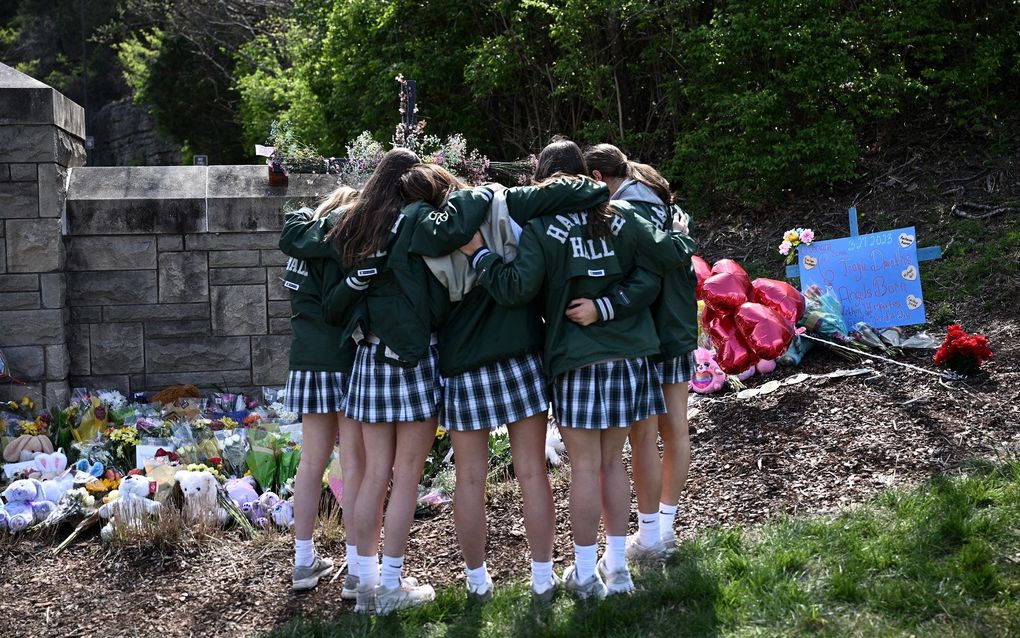
Girls embrace in front of a makeshift memorial for victims by the Covenant School building at the Covenant Presbyterian Church following a shooting, in Nashville, USA. Photo AFP, Brendan Smialowski
Opinion
A friend loses a lost one. And when you see him, you are dumbfounded. What do you say to someone in mourning? Few people have learned how to deal with grief.
Therefore, children should be taught about grief and how to deal with it. That is the plea of two Danish grief experts, Kirsten Bærentzen and Lotte Gunderskov. Bærentzen is a schoolteacher and grief counsellor, and Gunderskov is an HR consultant and chairs the association Dig, Me & Sorgen (You, Me & Grief).
Mourning culture
Both plead in an article in Kristeligt Dagblad for more equipment for children for situations in which they encounter grief. Grief understanding should be a recurring point in primary schools, just like the annual fire drill, they argue. "We lack words and courage to act. Standing next to someone who has lost someone can feel difficult, especially if you are young and have never experienced mourning before.", they write. At the same time, friends, classmates and acquaintances are tasked with supporting the mourning family.
In Denmark, people have forgotten how to deal with grief in general, the authors note. They point out that society "is characterised by a lack of common mourning culture, and the help from friends is often defined by prejudice and misunderstandings." One of these misperceptions is that grief is something personal and should be dealt with by the individual him- or herself. Another one is that specific grief teams at schools will care for mourning students, and friends don't have to anymore.
Part of life
However, grief is something that is not only personal but also concerns people in the environment of the mourning family. Therefore, it is also essential that friends, schoolmates, staff and other networks know how to deal with grief.
Kirsten Bærentzen and Lotte Gunderskov believe that everyone can learn how to support mourning people. "Grief is part of life and of being human."
Fire drill
Most schools have an action plan for when grief hits a student. It tells teachers how to take care of the student during the first days of mourning, for example. However, this plan is not employed until a student is confronted with death. That is the same as holding a fire drill after the fire has started, the authors write.
Therefore, they argue that updating and discussing the action plan every year would be better. "In this way, the plan becomes a dynamic and up-to-date tool because the school's new experiences with grief, illness and death are constantly written into the plan, and new staff will also become familiar with the school's mourning culture", they explain in Kristeligt Dagblad.
Preparation
In addition, the authors would like to see specific bereavement support for mourning students. This could also be provided by fellow students who would need particular preparation for this task.
In addition, it is important that all young people know how to deal with grief and comfort a bereaved friend. Now, "young bereaved people tell of a reality where fear and insecurity are suddenly there in an otherwise safe and pleasant friendship", the authors write.
Friends
They point out that friends offer some comfort right after the loss but not over a more extended period. That should change, they think. "The young bereaved want and miss friends to help them remember and talk about the deceased or the person who is seriously ill. They also wish that friends dare to ask about the person they have lost in the months and years after the death."
Better training can prepare young people to talk to a bereaved friend without feeling restricted. "And then we can be responsible and supportive friends."
Related Articles


